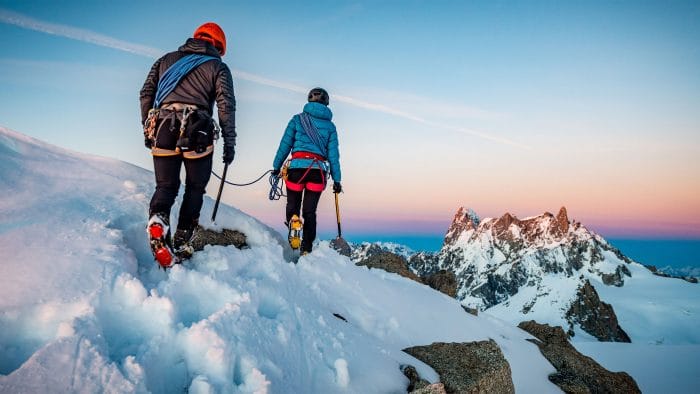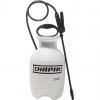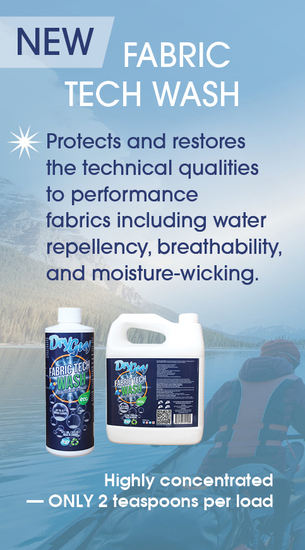What will this winter bring? Are you thinking of stepping up your grade and going for that dream classic – or perhaps you’re secretly hankering after a new route? Whatever your aspirations, we all know that UK winters are very fickle –you need to stack the odds in your favour. Andy Turner explains more.
Check conditions
If the climb’s not ‘in’ then you can forget everything else, so you need to do your homework to discover what conditions are best for your target. Ice routes take the longest to come into condition and may require many freeze/ thaw cycles to form, yet can be gone in hours, never to return that season. Mixed lines can come in overnight: if the temperatures have been cold enough to freeze the turf for a few days then all it takes is an arctic blast to rime the cliffs up and you’re in business. It can practically happen in front of your face.
Years ago predicting mountain conditions was a hit or miss affair but the internet has cured that. If a new line is your goal then check out the line beforehand on one of those horrible wet autumn days. Look at the way the line faces and the altitude; does it require frozen turf; what gear does it take? Have several objectives in mind so you have options when the weathers not playing ball.
Get training
Attempting first ascents or racking up big routes to make the most of your ‘northern mini-break’ can be the making or breaking of most people, however fit you are. So to give yourself the best chance of completing your dream route it’s worth putting time in beforehand. I spend most of the summer rock climbing, but come autumn I’ll up the workload down the wall, trying to gain stamina for those three-hour winter leads. Don’t neglect hill fitness either; you want to arrive fresh at the base of your route.
Fine tune your skills. If you have an old drystone (i.e. railway tunnel) wall near you then try climbing on it with your axes and crampons. This will improve your confidence using small placements and traversing will increase stamina. Never use established summer crags though – you’ll trash them. Check out the various training aids on the market – Alpkit Figfour tools are idea: they don’t damage holds, or other people.
Stay sharp
This is the expensive part. If you want to climb harder, you’re wasting your time (and scaring yourself) climbing with blunt picks and front points. Invest in a new set at the start of the season and keep them sharp. Save these picks for your hard routes and keep last season’s for easier routes. Mono point crampons can help tremendously: trying to get two blunt front points onto a small edge is hard; inevitably one point levers the other off.
If you’re already a mono convert then consider swapping the length of the points when changing from ice to mixed routes: long points will burn your calves out quickly on mixed ground. If the budget allows then get some of the modern comp tools with an ergo handle, such as the Petzl Nomic. This handle helps tremendously when having to do long hard pitches; it’s more comfortable and amazingly powerful.
Clothing
British winters can throw everything at you so it helps to have a big wardrobe. On horrible days at the start of the season I’ll wear full Gore-tex and probably take five pairs of gloves. On fine, sunny days (like we had last winter) I’ll spend most of my time in softshell – it aids movement as well as being lighter and more breathable.
Consider taking gloves for specific jobs: thin ones (for the walk in and gearing up), big woolly ones (for wading up to the bottom of the route and walking off) and a couple of thin dextrous pairs (for climbing in – kept inside your jacket to keep them warm). I also take a spare base layer for the bottom of the route so the soaking one from the walk-in doesn’t cool me down.
Snacks
I find it hard to drink cold liquids on the hill so I’ll try and drink at least a litre of water before I leave the car. If there’s room I’ll take a small flask with hot juice in for the walk in, and maybe on the route – it can be a good boost before attempting the next hard pitch. Foodwise, I’ll force some muesli and toast down my neck in the morning then take a combination of sandwiches/ bagels and chocolate/ museli bars.
Have the bars to hand whilst climbing so you can keep energy levels up. Then make sure to re-hydrate on your return of the hill for the next day’s activity. My final tip? I prefer to get up a little earlier and walk in at my own slow pace, rather than rush in chasing others, that way I get to the bottom of the route as fresh as possible and ready to get stuckin .



















Comments